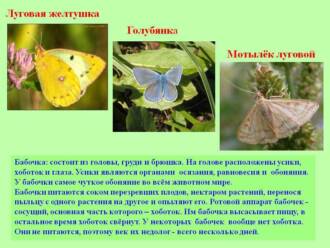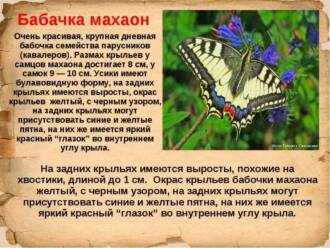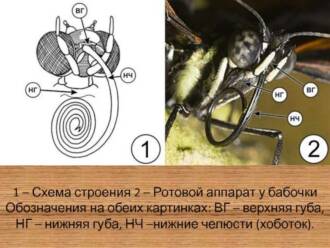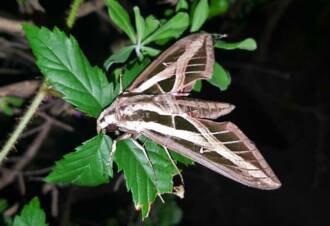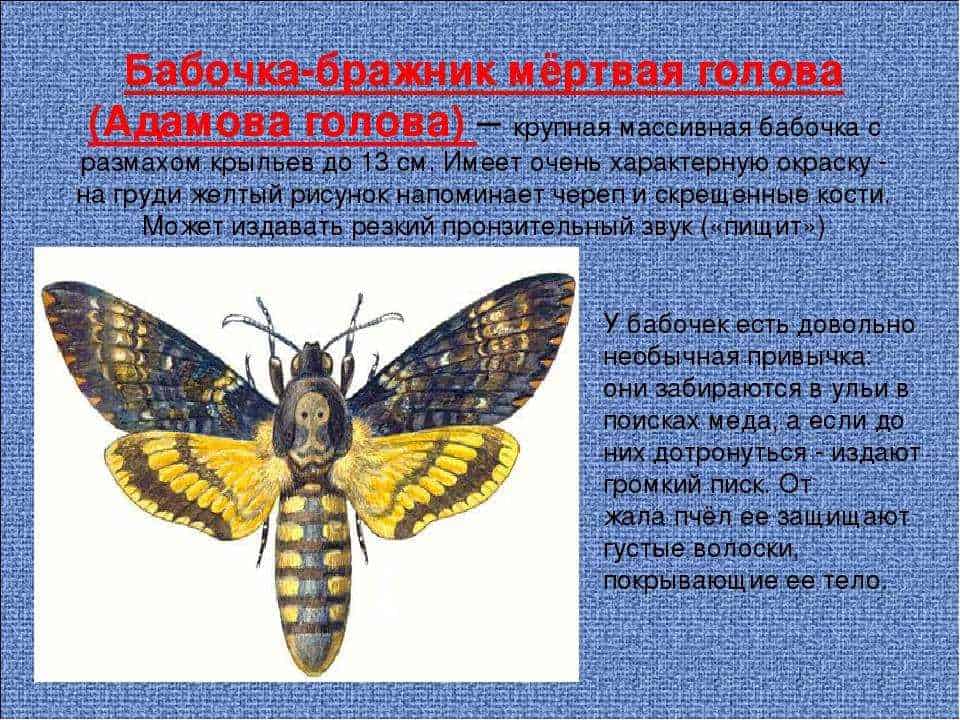
Moths are a group of insects that include a variety of species and cover a huge variety of shapes and colors. Moths belong to the Lepidoptera family and are considered to be some of the most beautiful and mysterious creatures on the planet. They attract attention with their unique beauty and behavior.
The night butterfly differs from its daytime counterparts not only in its activity at night, but also in its anatomical features. The night butterfly has a more fluffy body and wide wings, which allows it to fly slowly and smoothly. They also have more developed antennae that help them navigate in the dark and find food.
Butterflies nocturnal usually spend most of their lives in the dark, and the active period is twilight and night. The night butterfly is not only an interesting object to observe, but also an important element of the ecosystem. They serve as pollinators of plants and play a key role in maintaining biodiversity in nature.
Moths impress with their variety of shapes and colors. From bright red to soft blue shades, from simple monochromatic wings to complex patterns and designs - each type of moth has its own unique and inimitable appearance.
In this article, we will look at different types of moths, their features and habits. We will find out how they have adapted to nightlife and how they communicate with each other. We will also look at the importance of these beautiful creatures in the ecosystem and learn how we can help them survive and thrive in our modern world.
Types of moths

The moth is one of the most common types of insects. Their diversity is striking in its shapes and colors. Nocturnal moths differ from diurnal moths in their way of life, activity, and habits.
The night butterfly is a group of insects that usually come out to hunt at night. They have a special ability to navigate in the dark, thanks to their sensitive antennae and vision. Most moths feed on the nectar of flowers, but some species prefer fruit juices or even animal blood.
Butterflies are nocturnal insects very diverse in their appearance. They come in a variety of sizes and shapes, from small and delicate to large and colorful. Some types of moths have bright and saturated colors that help them attract their mates and scare off predators.
Interestingly, some moths can change their color depending on the environment. This helps them hide from enemies or lie in wait for their prey. Moths can also have various designs and patterns on their wings that serve them for camouflage and protection.
There are more than 150,000 species of moths in total, and each of them is unique and special. Each species has its own characteristics and habits that make it unique and interesting to study. Nocturnal insects play an important role in the ecosystem, they are pollinators of plants and serve as food for many animals.
What are night butterflies
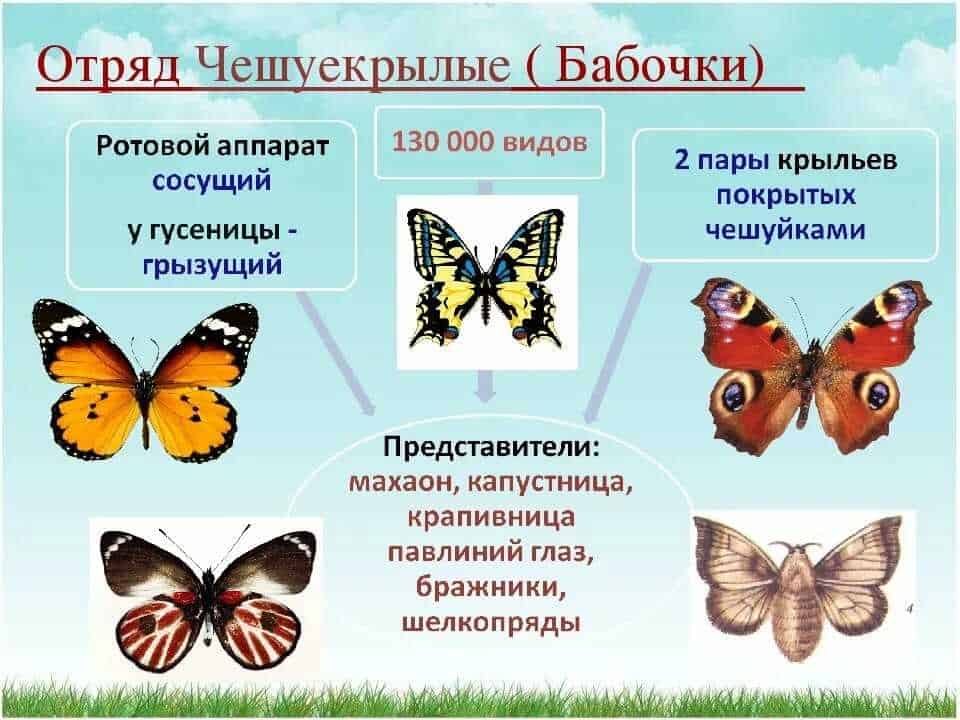
Night butterflies, also known as night butterflies, are a diverse group of insects that are active primarily during the hours of darkness. Nocturnal butterflies belong to the Lepidoptera order and are close relatives of diurnal butterflies.
Nocturnal butterflies differ from daytime ones in their habitual way of life. Unlike diurnal butterflies, which are active during the day and feed on the nectar of flowers, nocturnal butterflies come out to hunt and feed on nocturnal flowers or other food sources available at night.
Night butterflies can be very diverse in their appearance and size. They can be large and bright, with colorful patterns on the wings, or, conversely, small and inconspicuous. Some moths have special camouflage colors that help them hide from predators.
The night butterfly is an amazing creation of nature. With its habits and features, it attracts the attention of scientists and insect lovers. The study of moths helps to expand our knowledge of nature and its diversity.
Variety of night butterflies
Night butterflies, also known as insect moths, are an amazing variety of creatures in the natural world. They differ from diurnal butterflies in their active way of life in the dark.
A variety of moths is striking in its shape, size and color. The moth can be large and brightly colored or small and inconspicuous. Their wings can be of various shapes: from wide and rounded to narrow and sharp.
Butterflies are found in many different places, including forests, fields, gardens, and swamps. They can adapt to different environmental conditions and prefer different types of plants for feeding and reproduction.
The night butterfly has certain habits and characteristics. They are active at night and are usually passive during the day, hiding from enemies. Most of them have sensitive antennae that help them find food and breeding partners.
There are a huge number of species of night butterflies in the world, each of which is unique and interesting in its own way. Some species of moths may have special defense mechanisms, such as toxic coloration or the ability to mimic other animals.
The study of the diversity of moths is important for understanding the ecosystem in which they exist and for the conservation of the biological diversity of the planet. Each night butterfly plays its own role in nature and is an indispensable link in the food chain.
Features of night butterflies

Night butterflies, also known as night moths, are one of the insect species that are active mainly at night. A distinctive feature of night butterflies is their ability to navigate and fly in total darkness. This is possible due to the special structure and arrangement of their eyes, which have a higher sensitivity to light.
Moths are a diverse group of insects with over 180,000 species. They are distinguished by a variety of shape, size and color of the wings. Moths can range from neutral and inconspicuous to bright and colorful colors that often serve to camouflage or protect against predators.
Night butterflies insects have a special way of life. Unlike diurnal butterflies, which are usually active during daylight hours, nocturnal butterflies come out to hunt and feed at night. They are attracted to light and may congregate near light sources such as streetlights or windows. Moths play an important role in biodiversity, as they are pollinators of many plants and serve as food for many animals.
Anatomy of moths
Night butterflies, also known as nocturnal butterflies or insect moths, have their own anatomical features that allow them to successfully exist in the dark.
One of the main features of moths is their coloration. They often have pale, neutral colors such as grey, brown or black, which allows them to blend well with their environment and avoid the attention of predators.
Moths are also distinguished by their antennae. They usually have more branched antennae than diurnal butterflies. This allows them to better perceive smells and find breeding partners. In addition, moths' antennae may be longer and thinner to help them find food and navigate in the dark.
Butterfly wings also have their own characteristics. They are usually wider and more rounded, allowing them to fly slower and more steadily. The wings may be covered with small scales that serve as protection and help keep them warm.
Moths also have special feeding organs. They have long mouthparts that allow them to reach and drink nectar from flowers. Some species of moths can also feed on fruit juices or the juices of rotting plants.
In general, the anatomy of moths is adapted to their specific way of life in the dark. They use their features to stay undetected, find food, and breed in conditions of limited visibility.
Color features of moths
Moths, also known as insect moths, are distinguished by the variety of colors and patterns on their wings. Each moth has its own unique palette of colors to help it survive in its habitat.
Butterfly nocturnal attracts attention with its bright colors, which can be varied from bright red and orange to deep blue and purple hues. Some moths have transparent wings with subtle hues that allow them to blend in with their environment and protect themselves from predators.
The night butterfly is not only colors, but also patterns on its wings. Some moths have complex and intricate patterns that help them hide against the backdrop of trees and foliage. Other butterflies may have bright stripes or spots that serve as a signal to potential mates or a warning to predators that they are poisonous.
Moth habits

Night butterflies, or nocturnal butterflies, differ from their daytime relatives not only in appearance, but also in their habits. The night butterfly is a creature that actively shows its activity in the dark. Because of this, they have a number of features that distinguish them from diurnal butterflies.
One of the main habits of the nocturnal butterfly is its ability to navigate in the dark. They have special organs that help them find food and reproduce in the darkness of the night. Moths also have a developed sense of smell, which allows them to find flowers with nectar at great distances.
Another habit of moths is their ability to disguise themselves and be invisible to predators. They have a special wing color that helps them blend in with their surroundings and avoid attracting the attention of enemies. This is especially important for moths, as they are often preyed upon by birds and other predators.
Moths also have the ability to play dead when they sense danger. They may stop moving and curl up to look like a dry flyer or other inanimate object. This helps them avoid predator attacks and survive in difficult conditions.
Feeding moths
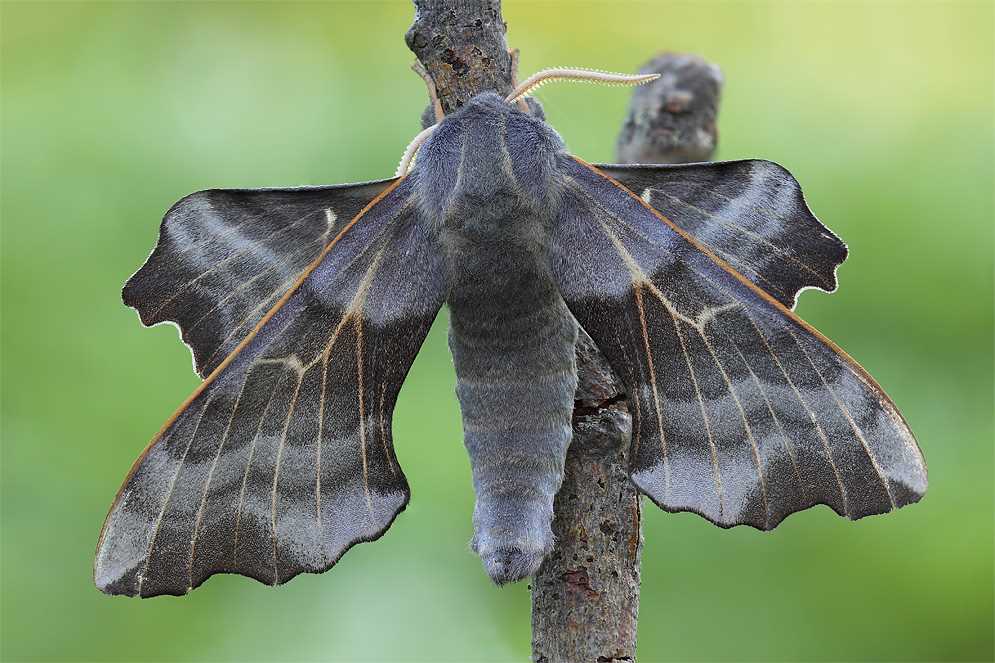
A moth is an insect that actively goes hunting at night. The diet of moths differs from the usual diet of other insects. Moths, unlike their daytime counterparts, do not feed on flower nectar.
A moth needs to obtain nutrients from other sources to survive. The primary food source for moths is juices found in fruits, rotten trees, and plant juices. They can also feed on the juices of fruits, berries, and nectar from open flowers.
Moths can also feed on tree sap, using their long proboscises to suck juices from tree bark. This type of food allows them to receive not only nutrients, but also the water necessary to maintain life.
Some moth species have specialized feeding habits. For example, some species feed only on certain types of plants or vegetables. This is due to adaptation to certain environmental conditions and the availability of essential nutrients in these plants.
In general, the nutrition of moths is an important aspect of their life. It provides them with the necessary nutrients and energy to reproduce and survive in the harsh conditions of the nocturnal environment.
Attracting male moths
Night butterflies, also known as insect moths, have the unique ability to attract males. They use various signals to attract the attention of males and ensure successful breeding.
One of the main ways to attract male moths is their scent. Females produce pheromones that scatter in the air and attract males over long distances. Some species of moths can even attract males with their scent up to several kilometers away.
In addition to smell, moths also attract males with their bright colors and patterns on their wings. They may have bright colors such as orange, red or purple, which are signals to males that they are ready to breed. Moths can also have unique patterns that help distinguish them from other species and attract the attention of males.
Some moths also use light signals to attract males. They can emit a faint light that is only visible to other butterflies to get their attention. This process is called bioluminescence and is a unique way of communication in moths.
Reproduction of night butterflies
Moths are a group of insects that are active at night. They differ from daytime butterflies in their habits and characteristics. Reproduction of moths occurs at night and has its own characteristics.
Moths are insects that go through a life cycle consisting of several stages: eggs, caterpillar, pupa and adult specimen - a butterfly. A moth needs to find a suitable place to lay eggs, which should provide food and protection for future caterpillars.
The moth chooses places to lay eggs based on the caterpillar's food preferences. As a rule, eggs are placed on plants that are a food source for the caterpillars. Some moths lay eggs on leaves, others on flowers or even on tree bark.
After the eggs of moths hatch, caterpillars emerge from them. Caterpillars feed on plant foods and grow actively. They go through several lines, changing their appearance and size. At the end of this period, the caterpillar turns into a chrysalis, inside which a transformation takes place to a butterfly ready for release. After this process, an adult moth flies out of the chrysalis.
Reproduction of moths is a complex and amazing process that occurs during the dark hours of the day. The peculiarities of reproduction are related to the habits and needs of moths, as well as their life cycle and environmental requirements.

